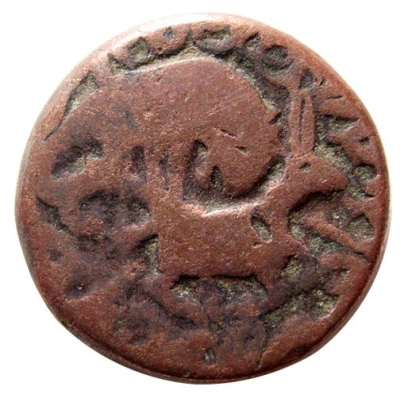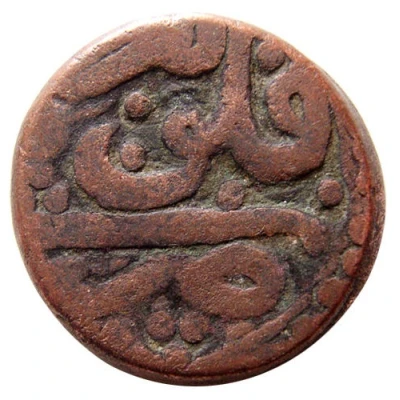


© سامعی (CC BY)
Falus - Anonymous (Tabriz mint) ND
| Copper | 18.08 g | 24 mm |
| Issuer | City of Tabriz (Iranian Cities) |
|---|---|
| Type | Standard circulation coin |
| Value | 1 Falus (0.2) |
| Currency | Shahi (1501-1798) |
| Composition | Copper |
| Weight | 18.08 g |
| Diameter | 24 mm |
| Shape | Round (irregular) |
| Technique | Hammered |
| Orientation | Coin alignment ↑↓ |
| Demonetized | Yes |
| Updated | 2024-10-05 |
| Numista | N#195070 |
|---|---|
| Rarity index | 95% |
Reverse
Script: Arabic
Lettering: فلوس ضرب تبریز
Translation: Struck in Tabriz
Edge
Plained
Interesting fact
The Falus coin was minted in the city of Tabriz, which has a rich history of coinage dating back to the ancient Persian Empire. In fact, Tabriz has been a major center for coin production for centuries, and its mint has produced a wide range of coins, including the Falus, which was used as a standard circulation coin during the Qajar dynasty (1789-1925). It's interesting to note that the Falus coin was made of copper, which was a common material for coins in ancient Persia. The use of copper for coinage dates back to the Achaemenid Empire (550-330 BCE), which was the first Persian Empire. The Achaemenid Empire was known for its extensive trade networks, and its coins were used widely throughout the ancient world. Overall, the Falus coin is a fascinating piece of history that highlights the rich cultural and economic heritage of Iran.